4-HO-MET (Metocin): A Research Chemical
Note: This text is for informative purposes only and does not promote the consumption or sale of any substances.
4-HO-MET, also known as Metocin, is a synthetic tryptamine compound belonging to the psychedelic group. It shares similarities with psilocin, an active substance found in certain mushrooms, and has been studied for its effects on consciousness, perception, and mood alteration. The compound binds to serotonin receptors in the brain, particularly the 5-HT2A receptor, inducing altered states of consciousness.
Properties:
- Chemical Structure: 4-hydroxy-N-methyl-N-ethyltryptamine
- CAS Number: 77872-41-4
- Formula: C13H18N2O
- Molecular Mass: 218.3 g/mol
- Purity: ≥98%
Origins and Synthesis: 4-HO-MET was first synthesized in the 1960s by Alexander Shulgin, a renowned chemist and pharmacologist, during his experiments with psychedelic substances. While its precise origins are not fully known, Shulgin’s work contributed significantly to the field of psychedelic research.
Research and Applications: Today, 4-HO-MET is primarily used for research purposes and is not meant for human consumption. It is employed in studies investigating the effects of psychedelic substances on the brain and exploring potential therapeutic applications.
Safety Information:
- Hazard Statements:
- 4-HO-MET can cause respiratory irritation.
- It can cause eye irritation.
- Safety Measures:
- Eye Contact: Rinse eyes gently with water for five minutes. Remove contact lenses if possible.
- Skin Contact: Wash the affected area with soap and water.
- Inhalation: Move the affected person to fresh air and ensure easy breathing.
Important Note: 4-HO-MET is strictly for research purposes and should be kept out of the reach of children and pets.
For more detailed information, you can visit the Wikipedia page. To purchase high-quality 4-HO-MET for research, visit our website: ResearchChemicalsOutlet.com.

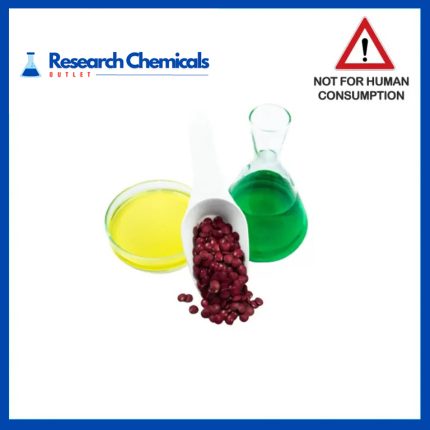
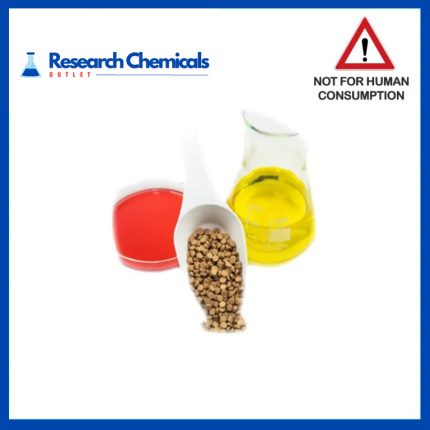
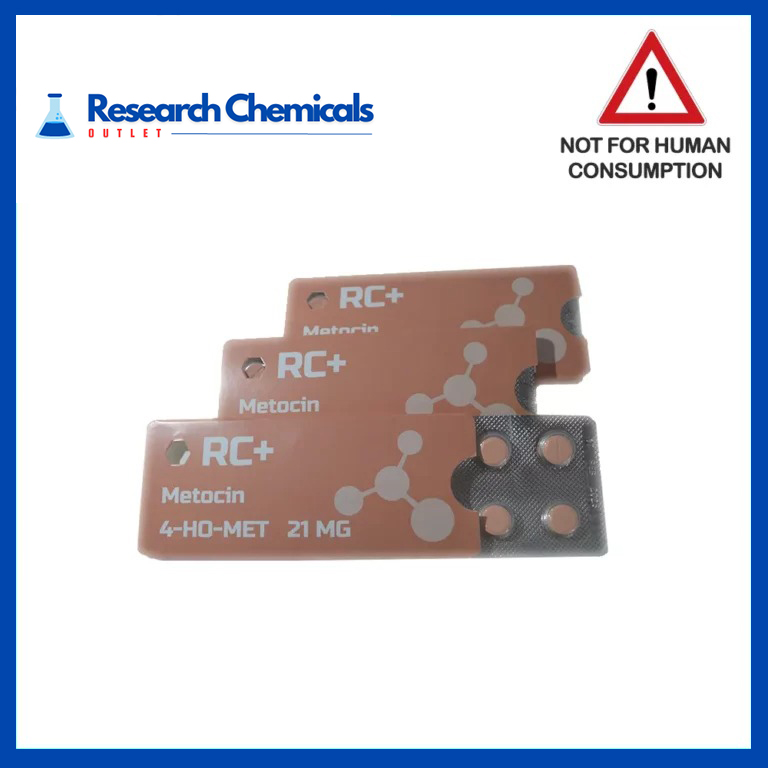

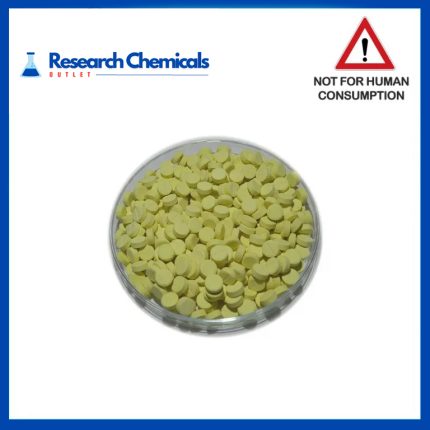
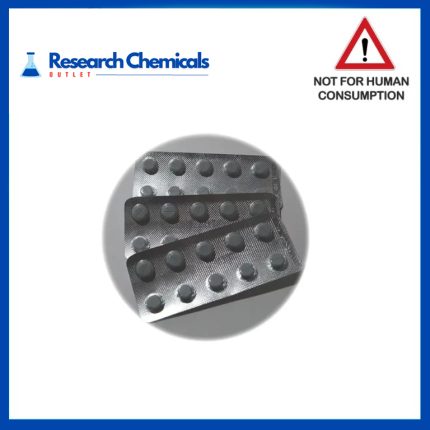
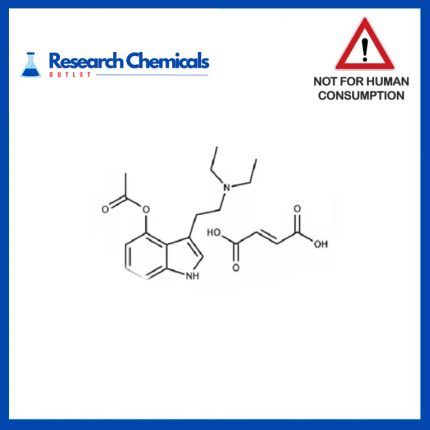
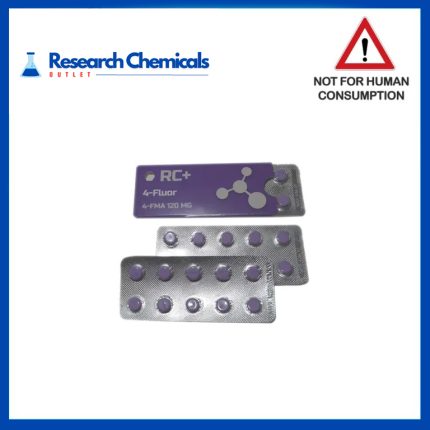
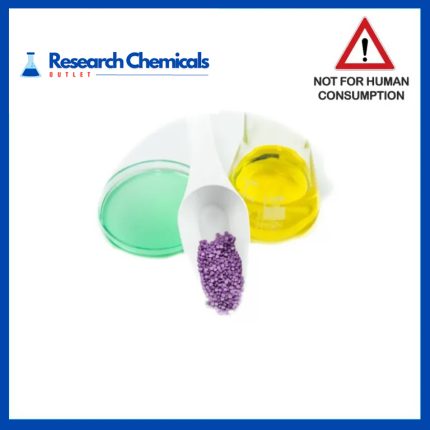
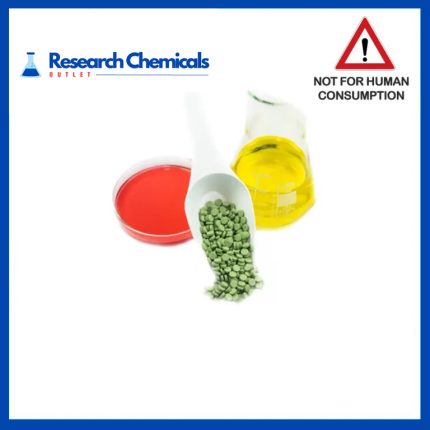
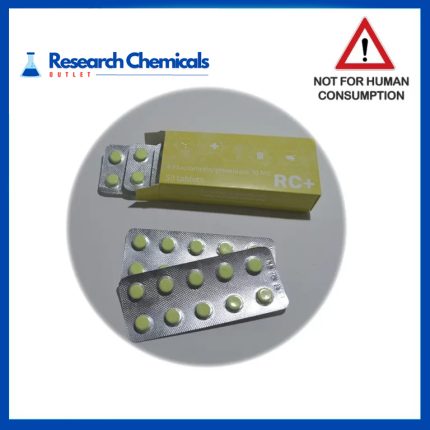
Reviews
There are no reviews yet.